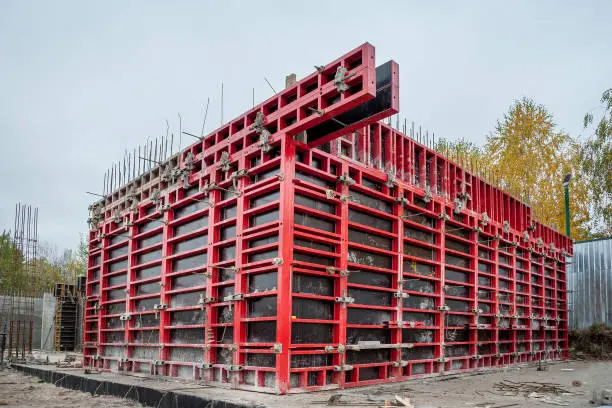Understanding Shutter Plywood: The Unsung Hero of Construction
In the world of construction materials, plywood often gets overshadowed by more high-profile choices such as steel and concrete. Yet, within the category of plywood, there is a specific type that is essential to the construction process: shutter plywood. This blog will delve into the definition of shutter plywood, its uses, advantages, and the reasons it should receive greater appreciation in the construction sector.
What is Shutter Plywood?
Shutter plywood, also known as formwork plywood, is a type of plywood specifically designed for use in concrete formwork. It is made from multiple layers of wood veneer that are glued together under heat and pressure, resulting in a strong, durable, and water-resistant product. The surface of shutter plywood is typically treated to withstand the harsh conditions of construction sites, making it ideal for temporary structures.
Applications of Shutter Plywood
Shutter plywood is primarily used in the construction of formwork for concrete structures. Here are some common applications:
- Concrete Slabs: Shutter plywood is used to create the molds for concrete slabs in buildings, bridges, and other structures.
- Walls and Columns: It is also employed to form walls and columns, providing the necessary support until the concrete sets.
- Stairs and Ramps: Shutter plywood can be shaped to create forms for stairs and ramps, ensuring they are built to the correct dimensions.
- Temporary Structures: Beyond concrete formwork, shutter plywood can be used for temporary structures like scaffolding and barriers.

Benefits of Shutter Plywood
- Durability: Shutter plywood is designed to withstand the rigors of construction, including exposure to moisture and heavy loads. Its durability ensures that it can be reused multiple times, making it a cost-effective option.
- Water Resistance: The treatment applied to shutter plywood makes it resistant to water, preventing warping and damage during the pouring of concrete.
- Smooth Finish: The surface of shutter plywood is smooth, which helps achieve a clean finish on the concrete. This reduces the need for additional finishing work, saving time and labor costs.
- Lightweight: Compared to other materials used in formwork, shutter plywood is relatively lightweight, making it easier to handle and install.
- Eco-Friendly: Many manufacturers produce shutter plywood from sustainably sourced wood, making it an environmentally friendly choice for construction projects.
Choosing the Right Shutter Plywood
When selecting shutter plywood for your project, consider the following factors:
- Thickness: The thickness of the plywood will depend on the specific application and the load it needs to support. Common thicknesses range from 12mm to 18mm.
- Grade: Plywood is available in different grades, with higher grades offering better surface quality and durability. For shuttering, look for BWP (Boiling Water Proof) grade plywood.
- Brand and Quality: Opt for reputable brands that adhere to quality standards. This ensures that you receive a product that meets your project’s requirements.
Conclusion
Shutter plywood may not be the most glamorous construction material, but its importance cannot be overstated. With its durability, water resistance, and cost-effectiveness, it plays a vital role in the successful execution of concrete structures. As the construction industry continues to evolve, understanding and utilizing materials like shutter plywood will be essential for builders and contractors looking to achieve high-quality results. So, the next time you see a concrete structure, remember the unsung hero behind it—shutter plywood!